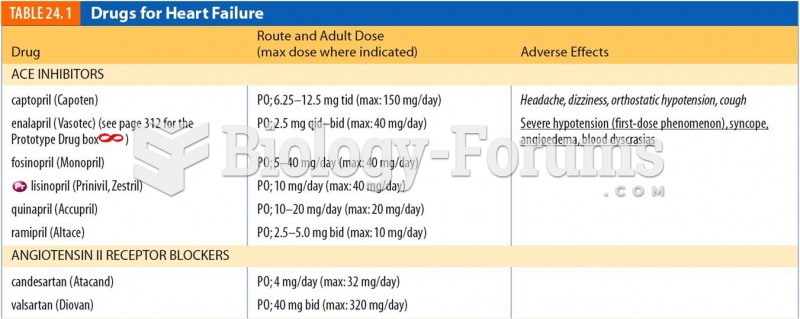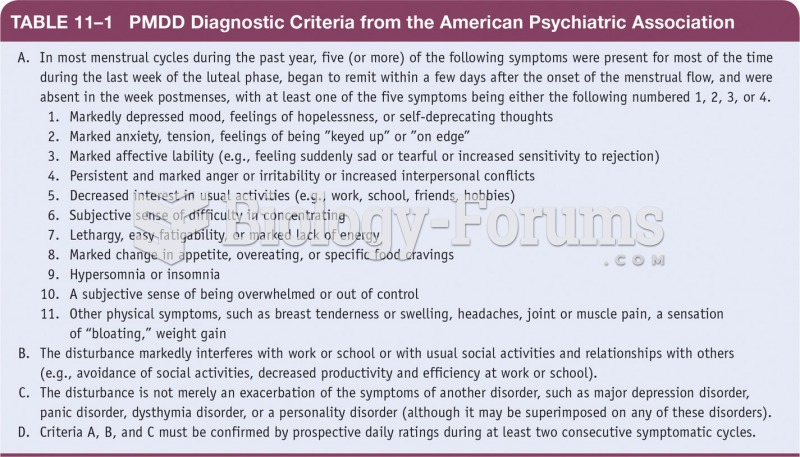Answer to Question 1
School failure is a direct cause of delinquent behavior. Children who fail at school soon feel frustrated and rejected. Believing they will never achieve success through conventional means, they seek out like-minded companions and together engage in antisocial behaviors. Educational failure evokes negative responses from important people in the child's life, including teachers, parents, and prospective employers. These reactions help solidify feelings of inadequacy, and in some cases, lead to a pattern of chronic delinquency.
School failure leads to emotional and psychological problems that are the actual cause of antisocial behavior. Academic failure reduces self-esteem, and reduced self-esteem is the actual cause of delinquency. Studies using a variety of measures of academic competence and self-esteem demonstrate that good students have a better attitude about themselves than poor students. The association then runs from school failure to low self-concept to delinquency. Schools may mediate these effects by taking steps to improve the self-image of academically challenged children.
School failure and delinquency share a common cause. Both are caused by personal or social problems so that although it appears that school failure precedes and causes delinquency, the association is actually spurious. For example, kids often fail in inner-city schools, neighborhoods that also produce high crime rates.
Answer to Question 2
Dropping out of high school has severe long term financial and personal consequences. The median income of persons ages 18 through 67 who had not completed high school is now about 23,000 per year; in comparison high school completers averaged 42,000 . Among adults ages 25 and older, a lower percentage of dropouts are in the labor force and those that are face a greater risk of unemployment. Dropouts also face personal problems. They report being in worse health than adults whom completed high school. Dropouts also make up disproportionately higher percentages of the nation's prison and death row inmates.
Educational factors
Failed courses, GPA, absences, and being pushed out
Social factors
When surveyed, most dropouts say they left either because they did not like school or because they wanted to get a job. Some dropouts could not get along with teachers, had been expelled, or were under suspension. Almost half of all female dropouts left school because they were pregnant or had already given birth.
Poverty and family dysfunction increase the chances of dropping out among all racial and ethnic groups. Dropouts are more likely than graduates to have lived in single-parent families headed by parents who were educational underachievers themselves. Other social risk factors include poor problem-solving ability, low self-esteem, difficulty getting along with teachers, dissatisfaction with school, substance abuse, and being too old for their grade level.








